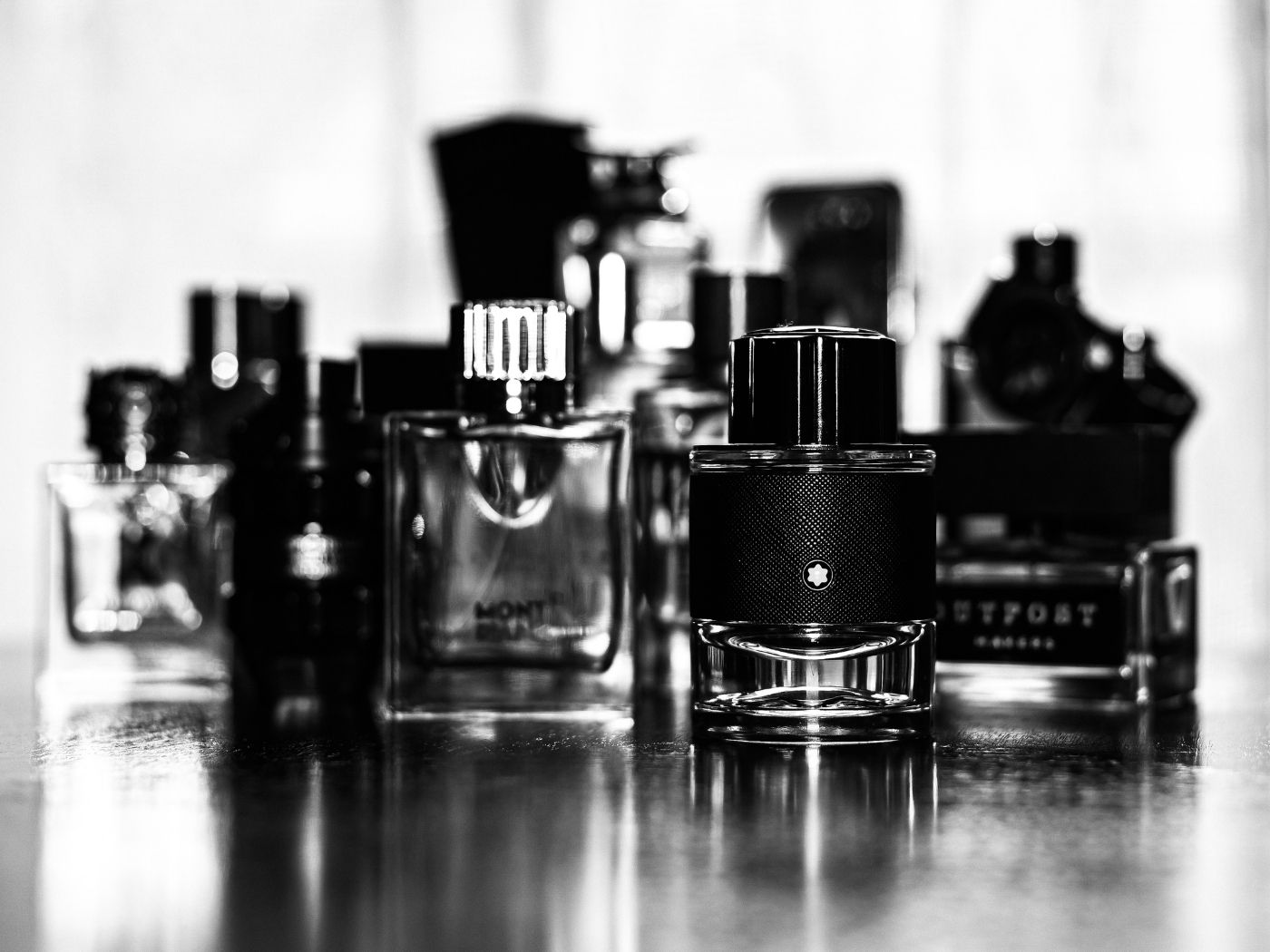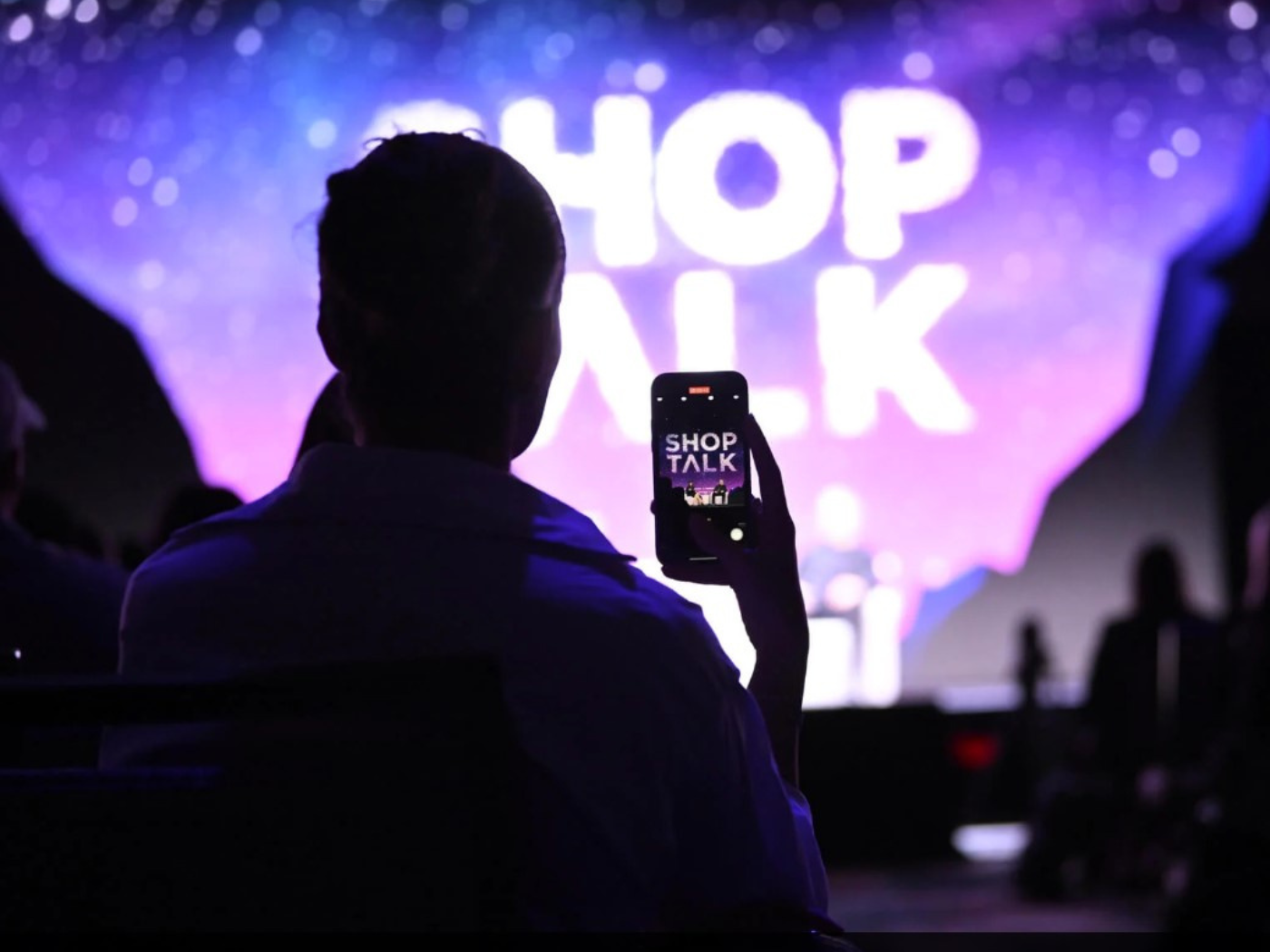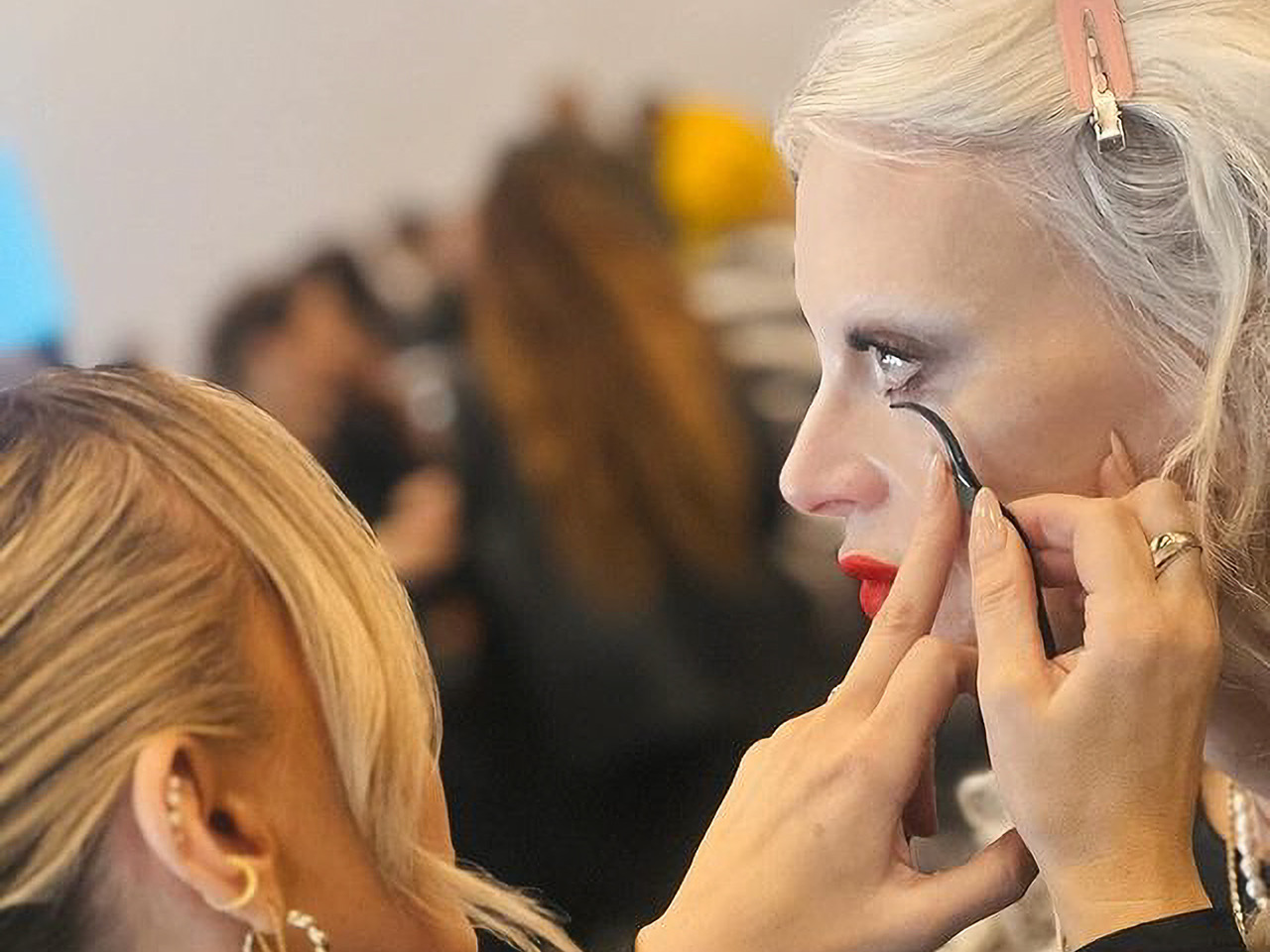As the beauty industry enters the all-important holiday shopping season, it’s looking like less is more, from a consumer standpoint, with shoppers seeking out deals, dupes, and affordable gifts that satiate a “treat mindset.” This shopping behavior is a trend brands and retailers need to keep in mind as they fine-tune their strategies for the last quarter of the year.
“Big retailers, like Walmart and Target, are reporting that most consumers are spending less on things they don’t need but they’re buying more of the products they use daily. Especially within beauty, consumers are shopping with this mentality, with a growing demand for simplified formulas that deliver more powerful results. “Consumers are extra aware of the ingredients within their beauty products and are using the marketplace to find that one perfect product made just for them,” says Chris Lopez, Marketing Director at Okay Pure Naturals. Lopez was one of the 1,000-plus brands attending Cosmoprof North America’s beauty trade show in Las Vegas in July.
What Fragrance, Makeup, and Skin Care Looks Like in Q4
With this consumer trend in mind, Ashley Helgans, a Vice President at global investment banking firm Jefferies, predicts that prestige makeup will remain strong in the back-half, while fragrance and certain segments within skin care appear to be the most vulnerable.
“We’re definitely starting to see more trade down from prestige skin care to mass, which is something we didn’t see in the [2020] recession. Consumers are also being really smart around ingredients. They’re looking at products like CeraVe and Cetaphil and seeing that they’re just as good as some prestige products. It almost feels like a lack of innovation in skin care,” said Helgans.
Fragrance is the most at risk with dupes being the category’s biggest threat, especially as holiday approaches. Helgans pointed to Target’s Fine’ry line as leading the way with its innovative scents and $15 price points, as well as DTC fragrance brand Dossier, whose tagline is “We believe everyone should smell like luxury.”
“It’s the category we get the most questions about. I think everyone was shocked by how strong it was coming out of Covid. The most interesting learning from Cosmoprof was Circana calling out a slowdown in luxury fragrance in the back half,” said Helgans, addressing the popularity of scent dupes among Gen Z. “If I were to pick one beauty trend to really focus on in the back half of the year, fragrance would be the one, especially since fragrance is such a gifting category.”
Fragrance will still grow well into the last quarter, but growth will soften, according to Larissa Jensen, Circana’s Senior Vice President, Global Beauty Industry Advisor. In the first half of 2023, prestige fragrance growth was healthy with 13% increases; mass fragrance also grew in double digits at 11%. Drivers for prestige fragrance were gift sets and stronger concentrations, which grew at three times the rate of EDT and cologne.
“The consumer groups searching for this are younger, lower income, and more ethnically diverse. So, a category like fragrance is one to closely watch, especially during holiday, and even into 2024,” Jensen said, adding that in October student loans re-up impacting millions of Americans. The average student loan is estimated at $500 per month, cutting into a big chunk of disposable spend.
Meanwhile, makeup is gaining ground, as it speaks to the current consumer’s “treat mindset.” Coty’s recent relaunch of Marc Jacobs Beauty, along with the early August debut of Prada Beauty, and Kering’s commitment to build its designer beauty portfolio all signal a designer makeup boon on the horizon. Prestige makeup currently claims 34% of prestige beauty share. For the first half, prestige makeup dollar sales grew 18%, with unit sales up 14%. Drivers included Gen Z, Millennials, Hispanics, and households generating more than $200,000, according to Circana. The treat mindset helped propel lipstick sales, which grew 43% in prestige, with designer lip products outpacing total lip.
Retail Challenges ABound
Outside of brands and categories, a multitude of headwinds such as inflation, the labor market, and new ways to shop for beauty will affect retailers in Q4 and beyond.
“It shouldn’t be a surprise that the most significant challenge has been navigating an inflationary economy. While it is gradually slowing, the impact of the Fed’s most rapid interest rate rise in a generation has impacted consumer spending behavior,” said Maesa Chief Growth Officer Scott Kestenbaum. “We’ve already seen sharp declines in discretionary categories. As consumers’ savings amassed during the pandemic [now] slowly exhaust, it is likely that consumers will reign in spending across the board.”
The tight labor market is also affecting retail. With unemployment at 20-year lows, according to the US Bureau of Labor Statistics, retailers continue to find it difficult to attract and retain sufficient talent to keep shelves fully stocked and shoppable, Kestenbaum said. “All of the above factors, plus changing consumer behaviors, are ripe for the elephant in the room, Amazon, to continue taking more market share from traditional retail.”
But stores are evolving. CVS recently revealed a new prototype that pares overall SKUs by 18%. CVS’ Andrea Harrison, Vice President of Merchandising for Beauty & Personal Care, proclaimed the evolution reflects today’s customer.
“There used to be hard lines between channels — prestige, luxury, dollar — and that was the lane you stayed in. But when you think about it, nobody shops in one channel. There has been a democratization of space,” Harrison said.
Harrison added that she looks for brands that are transparent with their formulations and have a purpose. “We’ve heard a lot about the notion of picking people before profit. I think customers want to pick brands that reflect their values. And we want brands with values that reflect ours and we can amplify those platforms together and bring those values on a national level.”
While mass brands have an opportunity to win as consumers trade down, they also need to rethink price increases: as sales grew in mass fragrance and hair care, unit sales were down.
“As you take those prices up in value-based beauty, which is also about convenience, we need to think about if prices continue to go up, is it that much more of a leap to just go to the prestige side of beauty?” said Jensen. Case in point: the top prestige skin care brand is The Ordinary, priced at $15. The top skin care brand in mass is Olay, priced at $30.
One of the forces that could have an impact on retail overall is TikTok Shop, a new selling platform on the popular social media platform that launched this month.
“On average, Gen Z is spending 128 minutes each day on the platform,” says Leslie Ann Hall, Founder and CEO of Iced Media. “That’s more than Netflix or any other entertainment platform. Marrying that with native checkout is a dream come true for brands that can get it right.”
TikTok activated its beta testing in the U.S. market earlier this year with beauty brands E.l.f., Kiss Beauty, and Laura Mercier. Shopping on TikTok has been active in the Asian market for several years generating more than $20 billion in retail sales. While it’s still too early to tell the impact Shop will have in the US, judging by the rapid US adoption of TikTok, it is likely to be a major shift.
“It’s not a question of if, it’s a question of when it will hit a tipping point,” said Maesa’s Kestenbaum. TikTok is the fastest-growing social media platform, with more than 122 million active users in the US, according to Statista, and is the defacto search engine and place of discovery for Gen Z and Gen Alpha. Circana cites that among makeup users whose product choice is influenced by social media, nearly half cited TikTok as who “made them buy it.” So, what will happen when the top of the funnel becomes the bottom of the funnel? Will TikTok Shops become the single biggest disruptor to retail commerce in a decade?
Hall is also optimistic about the opportunity Livestreaming presents for the balance of 2023 and into 2024.
“I’ve been talking about Livestreaming for a while and remain bullish generally. Iced Media has worked with QVC as a client and it taught me a lot about broadcast selling. I think the thing most brands overlook is the ‘why now’ of their event. In order to attract an audience for appointment programming you need to offer an incentive or at least a pretty good reason to expect people to tune in at a specific date and time. It’s a big ask. The other piece is to invest more in the host. It doesn’t have to be the most followed influencer, but the host has to be an entertaining personality.”
There’s a lot on deck for the beauty industry as it enters the selling season that can make or break company goals, but overall, Circana’s Jensen is optimistic about how the year will end, namely holiday’s most important category: fragrance.
“We do anticipate that the beauty industry will end the year with growth,” said Jensen. “There is just a lot happening on the back end. Holiday spending could be impacted by the return to student loan payments especially when you think about fragrances as a last-minute gift and the most holiday-focused category. Makeup is the fastest grower in mass and prestige, and skin care continues to be strong, but less so. That’s the nature of the business.”
– with contributions from Faye Brookman




